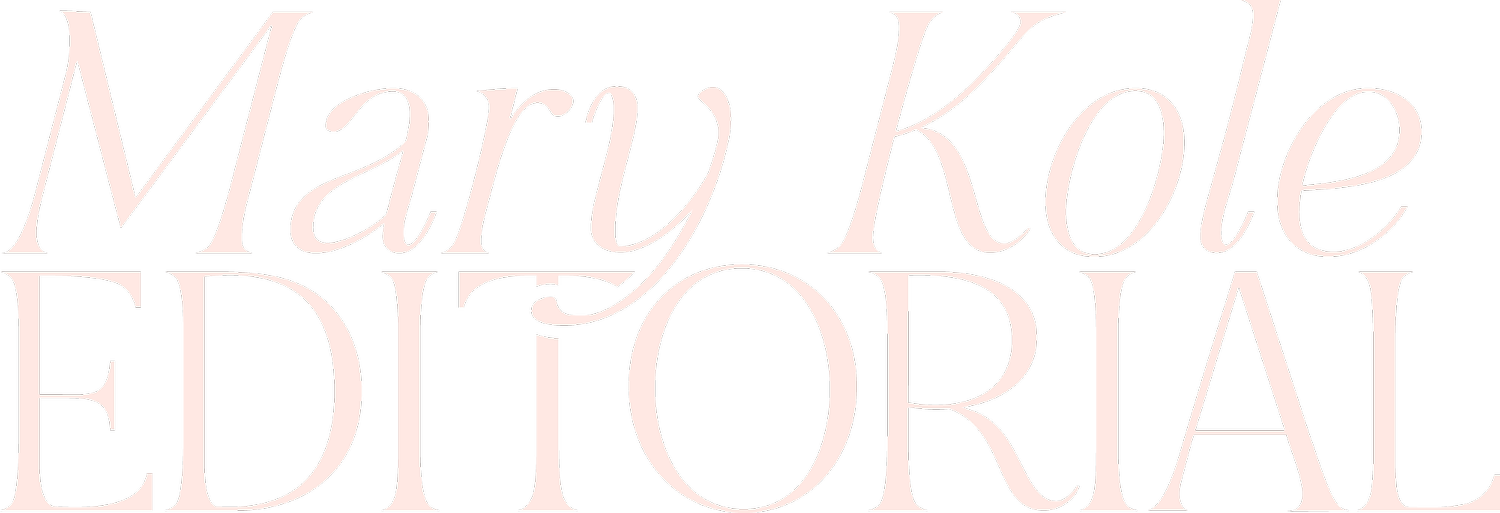Three Steps to Editing Books Before Submission
By Mary Kole
Mary Kole is a former literary agent, freelance editor, writing teacher, author of Writing Irresistible Kidlit, and IP developer for major publishers, with over a decade in the publishing industry.
Writing books and editing books are two sides of the same coin—one cannot exist without the other. As writers, it’s necessary for us to go through the process of revision in order to make it as polished and compelling as possible, especially if we want to catch attention in the slush pile. But what does editing books look like in practical terms? This article provides a detailed overview of what it means to edit your manuscript. It will also discuss the benefits of revision and self-editing, including advice for being able to revise according to rigorous feedback.
Editing Books: First Read
The first step of editing books is always reading the project yourself. You are the writer on the project, you know it better than anyone else. You will need to take the first whack at revision because you know what your intentions are. This involves going over your own work and looking for any mistakes or areas that could use improvement. (One of my favorite recommendations when editing books is to simply mark the margins where you feel bored. If you can’t get through one of your own scenes without losing focus, how can you expect readers to be riveted?)
When you're done reading through your own work, make sure to create a reverse outline (if you didn’t craft a story outline before you sat down to write). It’s never too late to get organized. Also, if there are some changes you want to make to your story, integrating them at the outline level first is much easier than messing around with four hundred pages of a novel manuscript. Editing books isn’t for the faint of heart! (This part of the process is akin to developmental editing.)
Editing Books: Deep Revision
The next step of editing books is actually executing a robust revision. This involves going back through your manuscript with fresh eyes after putting it away for a few weeks or a month. Take your own thoughts from your self-editing read, as well as any writing notes you might have gotten from trusted readers like critique partners.
The first thing to do when editing books is to make sure that the structure makes logical sense in a cause and effect way, all of the plot arcs and character arcs are layered and working together, and that every scene has a reason to be in the story. After that, you can have some fun! Once you know the bigger pieces aren’t going to change, it’s time to get creative with your writing and think about ways to add some flourish, writing voice, and imagery. You don’t want to do that too early in the process, because you might still be moving set pieces around. But now, reward yourself by doing that in-depth sentence work that everyone thinks of when they imagine editing books. (This part of the process is akin to line editing.)
Editing Books: Final Passes
Once you’ve gone through both the initial read and deep revision phases (and sometimes you’ll need multiple passes through the manuscript to really get everything to come together), it’s time for copy editing and proofreading before submitting your manuscript for traditional publication (or self-publishing the project). During this stage, be sure to triple check everything—from grammar, mechanics, and dialogue formatting down even minor details such as manuscript formatting—to make sure everything is perfect before sending out your book into the world. It might seem tedious, but editing books is very much about attention to detail!
When it comes down to it, writing isn't just about drafting. Editing books is perhaps the more involved skillset. That’s not to say that a finished manuscript draft isn’t a big achievement. But you also need to know what to do with your story once the heady rush of initial creativity wears off. While there may be road bumps along the way—such as dealing with writing notes or needing to figure out a particular bit of story logic—the rewards of editing books before you put them out into the world are worth the hard work.

Click here to purchase Irresistible Query Letters, my book on query letters, including over forty examples with comprehensive notes on each one. There’s a ton of submission advice, best practices, and insider information in these pages, and you’ll really enjoy seeing what other writers are doing in the slush.



